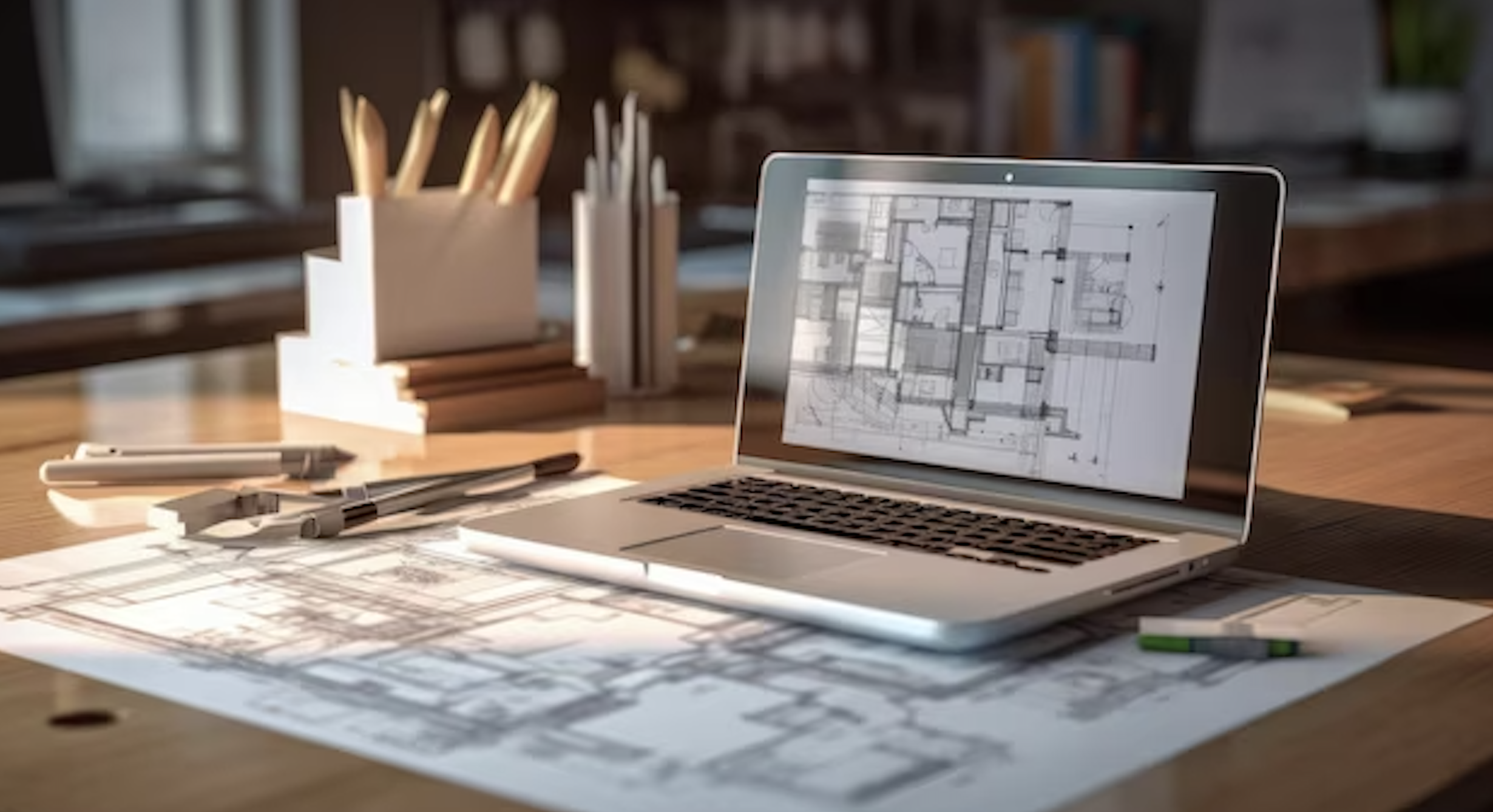One degree down: Fighting climate change with passive building design and digital construction technology
By Vitaly Berezka March 5, 2024
- Construction sector accounts for 35% of global greenhouse gas emissions
- Optimising energy efficiency through sunlight and ventilation can reduce environmental footprint

 Southeast Asia's commercial construction sector is experiencing rapid growth, with a projected 2.5% increase in 2023, reaching a value of US$450.1 billion. Simultaneously, the demand for infrastructure in Asia is anticipated to surge, reaching a forecasted US$1.7 trillion by 2030. However, despite the substantial economic advantage, the sector is a substantial contributor to waste, responsible for 35% of the world's greenhouse gas (GHG) emissions.
Southeast Asia's commercial construction sector is experiencing rapid growth, with a projected 2.5% increase in 2023, reaching a value of US$450.1 billion. Simultaneously, the demand for infrastructure in Asia is anticipated to surge, reaching a forecasted US$1.7 trillion by 2030. However, despite the substantial economic advantage, the sector is a substantial contributor to waste, responsible for 35% of the world's greenhouse gas (GHG) emissions.
The continuous rise in construction activities will pose a heightened threat to global warming and potentially contribute to extreme weather events. In 2023, the region experienced a record-breaking heat wave, which inevitably increased air conditioning usage, causing further energy consumption and GHG emissions.
In view of the ongoing energy and climate crisis, movements on taking the thermostat reading one degree down have begun, with nations like Singapore banning the supply of high-GWP (global warming potential) refrigerants and advocating setting cooling systems to temperatures no lower than 25 degrees Celsius.
More can be done, however. The silver lining is that construction processes are continually being digitalised and this presents opportunities for the Southeast Asian construction market to achieve their sustainable development targets.
Going digital: Leveraging technology for more sustainable development
Integrating passive design principles with digital Building Information Modelling (BIM) could significantly impact the quest for ‘one degree down.’ Passive building design focuses on optimising energy efficiency through strategic architectural choices to harness natural resources like sunlight and ventilation, reducing the reliance on conventional heating and cooling systems.
By applying passive design principles and incorporating BIM technology, the industry can improve construction efficiency by optimising resource allocation, minimising waste and reducing the environmental footprint of structures.
Across varying processes at different stages of the construction cycle, here are some ways BIM complements passive design strategies:
- Design plan optimisation: BIM empowers architects and designers to refine their designs in the early stages, enabling experimentation with different passive design strategies before construction commences. This proactive approach identifies the most effective measures to reduce energy demand and elevate overall building performance.
- Integration of sustainable materials: BIM enables the seamless integration of sustainable and energy-efficient materials into the design process. Designers can assess the environmental impact of materials and opt for those with reduced energy consumption and emissions. This empowers them to make greener, more informed and sustainable project decisions.
- Dynamic thermal analysis: BIM tools provide designers with the capability to conduct dynamic thermal analysis, to assess the response of building elements in relation to various thermal conditions throughout the year. This aids the creation of structures that naturally regulate indoor temperatures, thereby reducing the dependence on mechanical heating or cooling systems.
- Simulation and analysis: BIM enables comprehensive simulation and analysis of building performance. Evaluations of passive design strategies, including optimal orientation, shading, natural ventilation, and their impact on energy consumption can enable more informed decision-making.
- Life Cycle Assessment (LCA): BIM has the capability to incorporate Life Cycle Assessment tools, which assess the environmental impact of a building throughout its entire lifespan, from construction to demolition. This holistic approach ensures that environmental considerations are taken into account at every stage of the building's life cycle.
Conclusion: Mitigating environmental impact with digital-driven design
As Southeast Asia continues to prioritise sustainable development, the integration of digital tools and passive design principles is a pragmatic pathway for the construction sector to foster a sustainable built environment - one that meets both present and future environmental challenges.
Vitaly Berezka is Head of Sales for Central Asia, MENA and APAC for the construction and real estate management software company PlanRadar. Besides lecturing on digitalisation topics at universities, he is the author of scientific publications and the co-author of three books. Vitaly is a member of International Real Estate Federation (FIABCI).
Related Stories :


